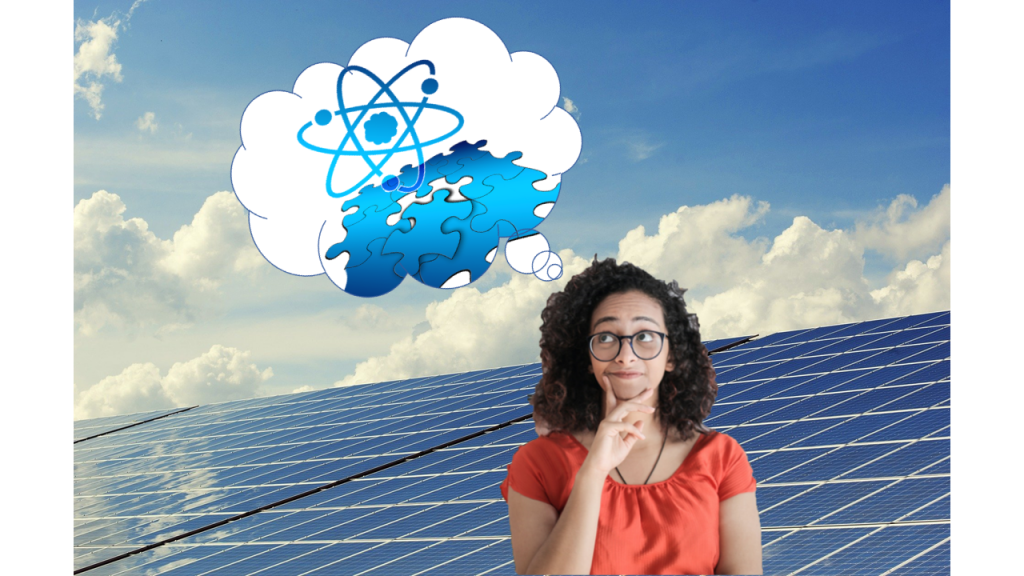Solar Power Options
Contributed by Jo Gardner
March 29, 2021
For solar panel system enthusiasts, the last decade has been exciting. Hard costs have dropped 70 percent in the last Decade. Last year alone, according to Energy Sage News, solar panel installation costs dropped 5 percent. Yet, none of this means anything without understanding what is involved and what your choices are. Renewable Solar Resources, loves educating Minnesota customers about solar power options: here is a preliminary introduction to those choices.

Solar Panel Options
While polycrystalline silicon panels are economical and popular, there are other more efficient alternatives available. In fact, there are 3 types of solar panels commonly available for residential installations. Homeowners can choose from monocrystalline silicon panels, polycrystalline silicon panels and thin-film solar panels. Of the 3, monocrystalline solar panels are the most efficient producers of electricity. Monocrystalline panels have an energy production efficiency of over 20% with slightly higher costs than other types of panels. Polycrystalline panels usually have 15% to 17% energy production efficiency with mid-range costs. Thin-film panels are the least efficient and least expensive of the three at around 11% efficiency. Thin-film panels may be preferred for their low profile, sleek appearance and come in blue or black color choice.
Solar Power System Installation Options
Regardless of whether a residential solar array is a rooftop or ground-mounted installation; there are 3 basic types of systems. Your residential installation can be grid inter-tied, grid inter-tied with battery backup and off-grid. The grid refers to the traditional power utility infrastructure. In a grid inter-tied solar power system, the home is connected directly to the utility grid. This allows the homeowner to use electricity produced by their own solar power system or by the utility company. Switching from one source to the other is seamless. This allows the home to run on its own power during the day when electricity is being generated. When no electricity is being generated, the home draws power from the utility company. When the solar panel system produces more electricity than the home uses, excess power can be sold to the utility. This method of balancing electricity production is known as net metering. The advantage of this system is the supply of electricity is not interrupted, even without power storage.
In a grid inter-tied solar power system with battery backup, the system can balance production and demand. This system depends less on net metering, or utility supplying power when the solar panels are unable to produce power. When excess energy is produced in period of abundant sunlight, it charges the batteries. The power is stored until the home draws the electricity it needs. The batteries make up the shortage of electricity needed in the off hours. The grid inter-tied power system is still connected to the utility power grid. As a result, the home can still draw electricity from the utility company if it needs more electricity than stored. There are a few drawbacks to using batteries. The charging and discharging of the batteries reduces the overall efficiency of the system. Also, a system with batteries is more complex to design and install. This makes the grid inter-tied solar power system with battery backup more expensive than a system without battery backup.
Unlike grid inter-tied solar power systems, an off-grid system is completely independent. It is not connected to the electric power grid. In an off-grid system, batteries are essential to avoid power outages when demand exceeds production(like after sundown). Additionally, off-grid solar power systems are more consistent when a generator is used as a power source for periods of prolonged excess production or unusual demand. February 17 brutal winter storm in Texas left 70% of homeowners without power or heat for days. Was it any surprise that homeowners inundated solar installers for information on off grid systems?
Solar Power Storage Options
If you want to use your solar generated electricity when the sun is not up or when weather is inclement, consider power storage. Having power storage for your solar generated electricity can help you avoid power outages if off-grid. If grid-tied, having power storage can save you money for power used when your solar power system is not producing enough power for your usage. There are four main types of solar batteries. These are lithium ion, lead acid, nickel cadmium and flow batteries.
Lithium ion batteries are a popular residential solar battery choice because they are long lasting and no maintenance. Lead acid batteries are more affordable, and in spite of a shorter lifespan, they are known for their reliability. Unfortunately, lead acid batteries also require regular maintenance. Nickel cadmium batteries are usually used in commercial applications. These solar batteries operate at extreme temperatures without complicated management systems. If you have a community solar power system or a public utility, you might want flow batteries. Large and costly, flow batteries are used for large scale battery storage applications.
Every situation and power requirements are different. That’s why Renewable Solar Resources helps guide Minnesota customers through their best solar power options on an individual basis. Contact Renewable Solar or call (888) 432-9024 to schedule your free solar conversion consultation for a no pressure, informative session.
